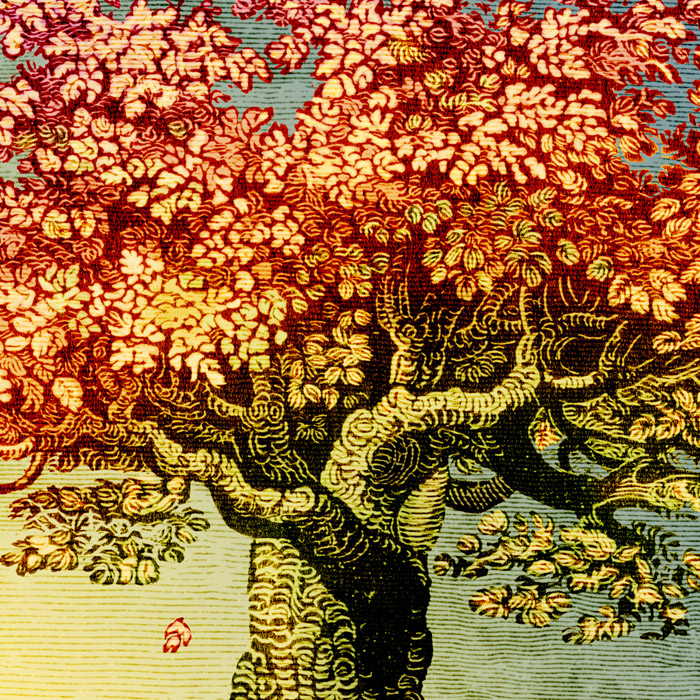I’ve been watching a show on the History channel called “American Pickers.” In it, two guys who buy and sell antiques travel around the country in a van looking for finds.
It’s where they look that’s so fascinating. They often look in the homes, outbuildings, yards, and back 40s of people who would ordinarily be thought of as hoarders. Frank and Mike, the pickers, never use that word. They call them “collectors” and they treat them with unfailing respect. No matter how deep the mess, how high the piles of rusty junk, discarded furniture, old household items and newspapers, they dive in and sort through avidly and without hesitation, offering cash on the spot and making deals. They take everything in stride—from pigeon poop to raccoon feces and worse. Wash it off and it’s a valuable antique, a piece of human history.
Most of the collectors are older white men. Many of them live alone out in the country, where they can stack as many old rusty cars in their yards as they want without censure. Some of them have multiple houses and buildings, often in various states of tumble-down disrepair, filled floor to ceiling with stuff. They are the people who both cannot throw anything away, and never pass by a discarded old something-or-other sitting by the side of the road without picking it up. They are the people who go to every yard sale, every flea market and swap meet. They may even dumpster dive, looking for things to save.
Some of them collect specific types of items, but others just collect and accumulate everything.
Sometimes they’re married and have grown children. You don’t usually see the family unless it’s the family that has contacted the pickers to help dad thin out his collection before he dies and leaves them with a huge mess. Or because dad needs money and the family has stepped in to try and coerce him into selling some stuff. Often, the collectors find it hard to sell.
What is so fascinating to me about the collector/hoarders is the differences in their attitudes towards themselves. Some of them consider their proclivity a disease or an addiction they can’t manage, while other consider it their joy and genius.
Some of them are hugely proud of their collections. They are like chipmunks or magpies or bower birds showing off their caches. They love everything they have, from the smallest thimble to the biggest car. Rusty old falling-apart things are beautiful to them and they feel happy in themselves and happy about their lives.
They don’t have a concept of clutter-clearing, or a desire for minimalism. The bigger the piles, the better they feel.
Sometimes, one of their buildings or one room in one of their buildings will be a sort of personal show room. Still packed to the gills, but more organized and arranged. This is where they keep their special things, their collections of items they’ve found over the years and are especially fond of. These old guys are invariably happy, strong and standing tall, eccentric as they may be.
Others, it is obvious, have the identical love of old things and the drive to collect them, but have been shamed for it somewhere along the way, and think of themselves as flawed. Usually there’s a son or daughter in the picture trying to get dad to unload some of this stuff, and dad is looking unhappy and conflicted and often ill. A visit from Frank and Mike, who are so honestly complimentary and respectful is almost always helpful to them.
So, same situation, same old houses where you can hardly walk through the accumulated generations of stuff. Same yards full of rusty metal. Same sheds piled to the rafters with dusty old things. And one person living this way is happy and proud, while another living this way is ashamed and beaten down.
The aspects of our characters that often bring us the most shame, and which we want to hide from others, may be aspects that someone else celebrates in themselves and wants to show off. It’s up to us. That’s all.
